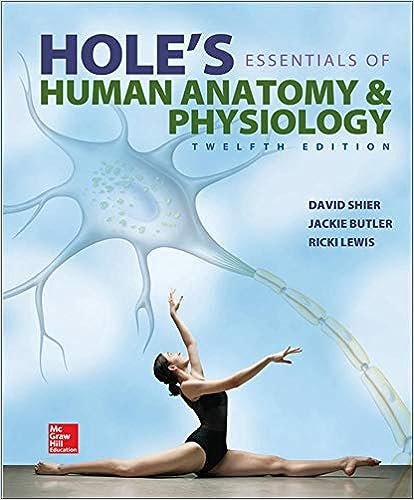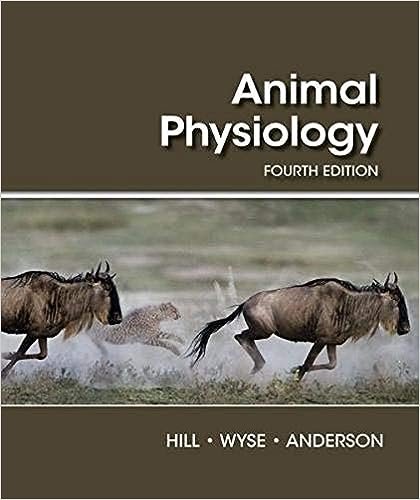Test bank for Holes Human Anatomy Physiology 13th Edition Shier
ch05
1. Which of the following is not one of the four basic types of body tissues?
A. Epithelial tissue
B. Connective tissue
C. Eye tissue
D. Muscle tissue
2. Which of the following characteristics is used to name tissue types?
A. Location of cells in the body
B. Number of inclusions
C. Organization of cells
D. Number of mitochondria
3. Histology is the study of
A. organ function.
B. molecules.
C. cells.
D. tissues.
4. The type of intercellular junction that functions as a rivet or “spot weld” is a(n)
A. desmosome.
B. gap junction.
C. tight junction.
D. ion channel.
5. The type of intercellular junction that forms tubular channels is
A. a desmosome.
B. a gap junction.
C. a tight junction.
D. found in the blood-brain barrier.
6. The type of intercellular junction that consists of fused membranes is a(an)
A. desmosome.
B. gap junction.
C. tight junction.
D. ion channel.
7. Intercellular junctions connect
A. cell membranes.
B. cell nuclei.
C. blood cells.
D. microtubules.
8. A basement membrane anchors
A. muscle tissue to nervous tissue.
B. epithelial tissue to connective tissue.
C. connective tissue to muscle tissue.
D. brain tissue to nervous tissue.
9. Epithelial tissue functions in
A. secretion, absorption, and protection.
B. contraction, movement, and reflexes.
C. reacting to stimuli, thinking, and remembering.
D. nourishing and hydrating tissues.
10. The tissue through which gases are exchanged between the blood and the air in the lungs is
A. stratified squamous epithelium.
B. simple squamous epithelium.
C. simple cuboidal epithelium.
D. simple columnar epithelium.












Reviews
There are no reviews yet.